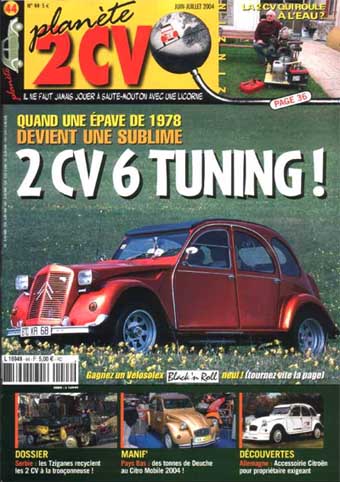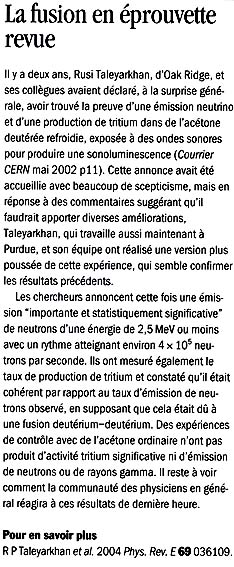
|
|
ENERGIE - DES SOLUTIONS POUR PRODUIRE SANS DETRUIRE L'ENVIRONNEMENT"Il n'y a pas de crise de l'Energie, mais simplement une crise d'Ignorance" B. Fuller
Tout le
site Quanthomme est accessible par
|
|||
| Retour à l'accueil TOUT Quanthomme | Retour à l'accueil de la Partie 2 | Retour à la liste des nouvelles |
|
|

 Article de Steve Reucroft et John Swain
paru dans le Courrier du CERN
(Laboratoire européen de physique des particules)
dans la rubrique Echos de la physique
Article de Steve Reucroft et John Swain
paru dans le Courrier du CERN
(Laboratoire européen de physique des particules)
dans la rubrique Echos de la physique 